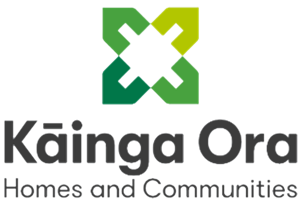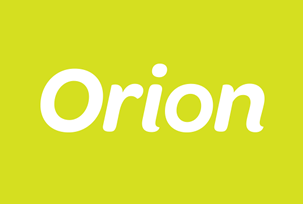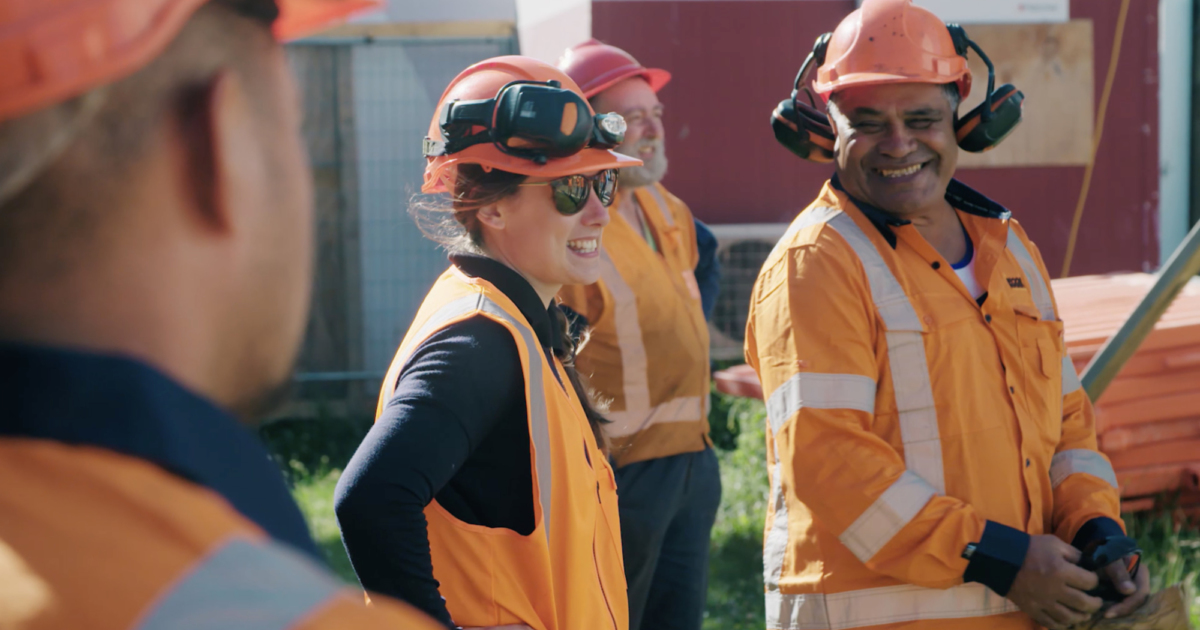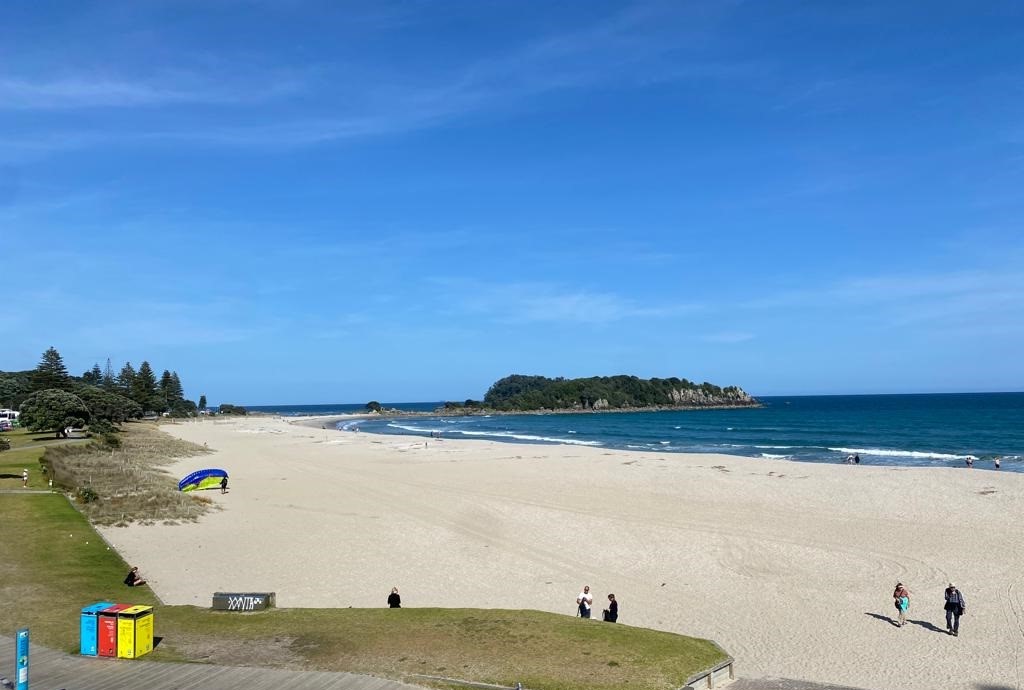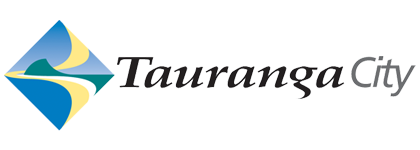Overview
Formed in October 2019, the establishment of Kāinga Ora marked a new chapter in New Zealand housing and development. The department is tasked with delivering such Government priorities as addressing homelessness and making homes more affordable for Kiwis.
Kāinga Ora maintains and develops around 65,000 public houses, providing tenancy services to a little under 200,000 people. In addition, the department is committed to delivering an additional 1100 homes per year for the next four years, accounting for no fewer than 7% of the country’s residential builds.
To deliver such a vast and complex service, Kāinga Ora leans on the PRINCE2 project management methodology for its non-construction projects. Standing for ‘projects in controlled environments’, it forms a framework that allows you to structure your approach to the key considerations of project management, such as objectives, tools, timelines and costs.
“We are a PRINCE2 organisation – all of our work should meet the standards of PRINCE2,” says Cameron Shipman, Manager of Programme Project Delivery at Kāinga Ora. But he felt that it was time for their team of 100 to refresh their skills training. “We knew there were more efficient ways to implement the product based planning and needed a training partner that could offer a bespoke solution fit for Kāinga Ora.”
And so he turned to a member of the Government’s Digital Services Panel: Millpond.
Approach
The Millpond team developed an entirely bespoke one day program that was delivered at two separate locations in July of 2020.
The Product-based Planning course covered the following aspects of project management and PRINCE2:
- Foundations of PRINCE2
- A walk through the current project methodology.
- Governance and key project stakeholders.
- The value of planning.
- The PRINCE2 approach to product-based planning;
- How to write the project product description.
- How to create the product breakdown structure.
- How to write the product descriptions.
- How to create a product flow diagram.
- Project procurement
- Agile mindset and methods
It was delivered in an interactive and collaborative way, with material tailored to the unique needs of the Kāinga Ora Organisational Improvement team. Attendees were encouraged to share real world examples of projects past and present, which served as the basis for discussion and problem solving. The PRINCE2 methodology and best practice was overlaid on any proposed solution, with Millpond ensuring it met applicable criteria, and shining a light on issues if and when they arose.
Eight hours, 165 slides, 41 product breakdown structures and 108 chocolate bars later, the Kāinga Ora team were armed with a newfound understanding of – and passion for – PRINCE2.
Results
96% of participants said that the course met or exceeded their expectations.
93% of participants said that the trainer exceeded their expectations in expertise.
100% of participants said that the quality of the presentation either met or exceeded their expectations.
Summary
The training days were a resounding success, both for the Kāinga Ora team and for Millpond, as highlighted by Shipman six months on.
“Product-based PRINCE2 training has been good for our customers. We have improved the way we communicate with our clients through visuals, so they have a better idea of what they are signing up to and what’s being delivered. From a project management point of view, it grants us far more control and transparency.”
Armed with newfound knowledge and understanding of PRINCE2, the Kāinga Ora team is better placed than ever to serve the community.
